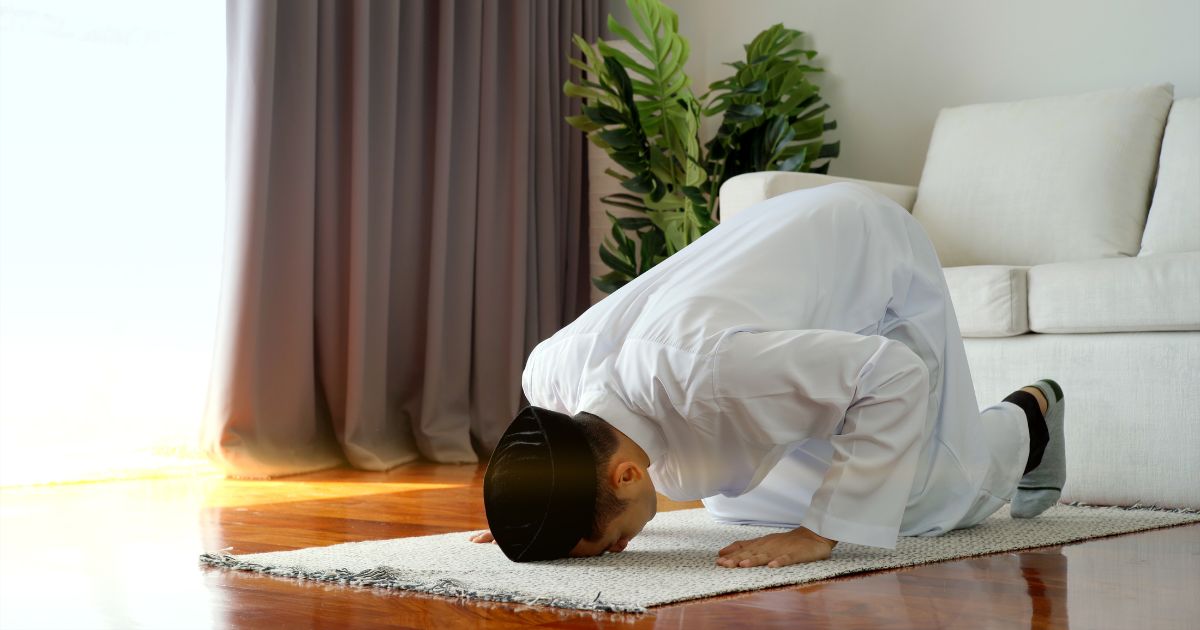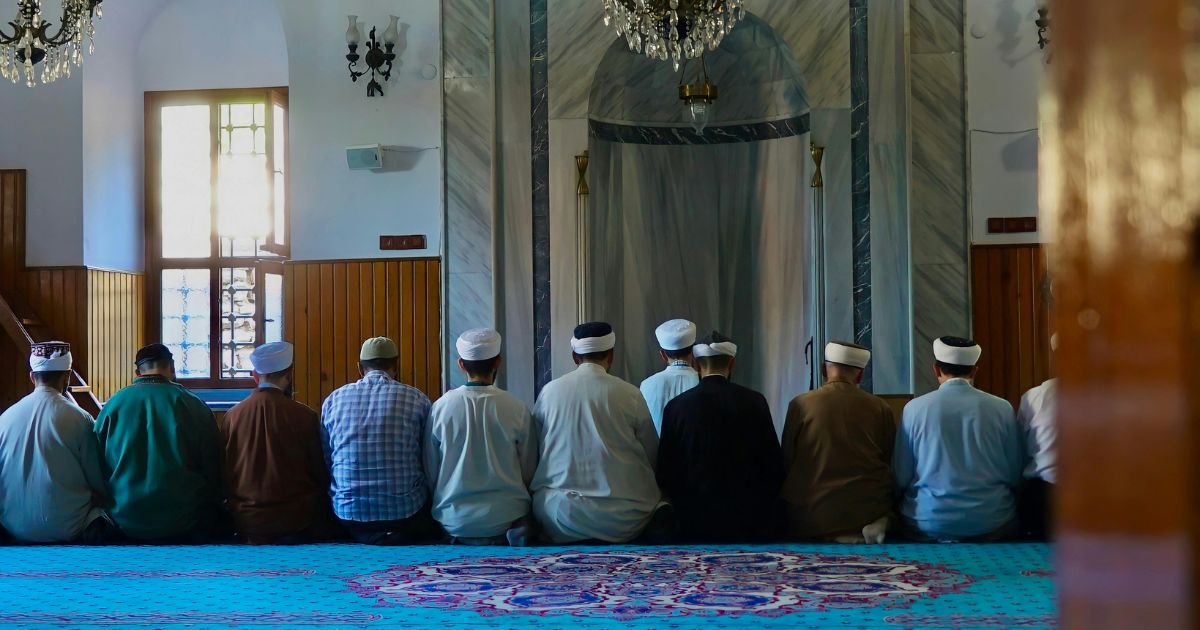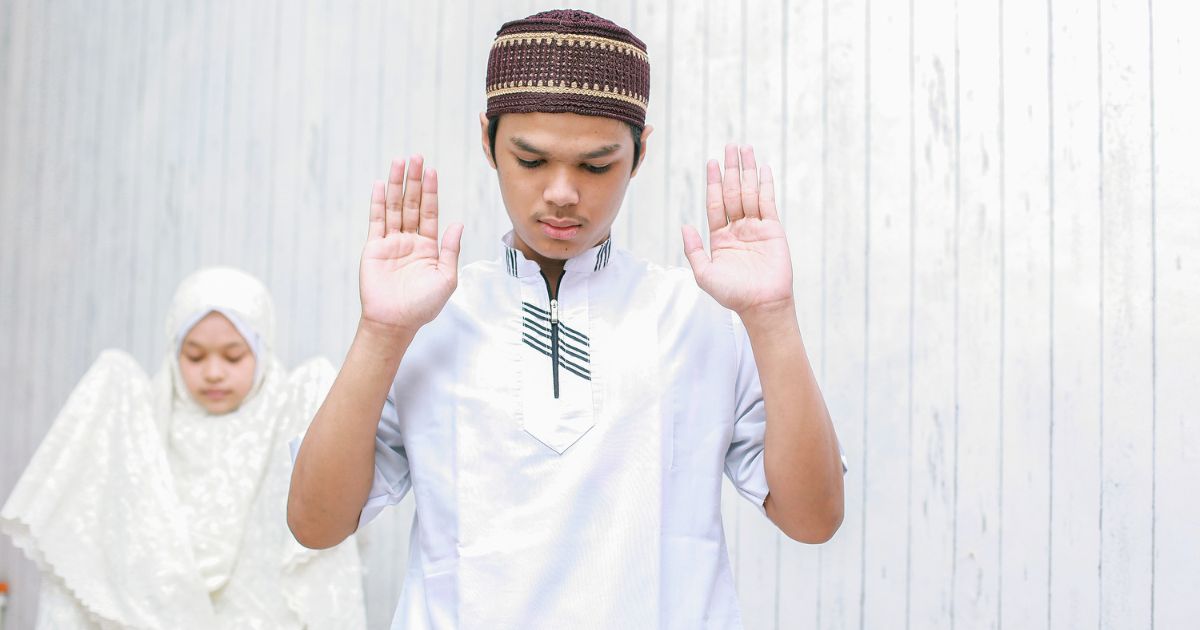Avoid Common Mistakes in Islamic Prayer: Perfect Your Prayer and Prayer Times

(Image by LV4260 from Getty Images on Canva)
Prayer, the second pillar of Islam, is the most significant act of worship after belief in Allah and His Messenger. It is the first deed that will be judged on the Day of Judgment. To ensure the acceptance of this sacred act by Allah SWT, it is essential to avoid common mistakes during prayer. This article will explore several frequent errors that should be avoided in prayer, with detailed explanations, relevant hadiths, and Quranic verses.
- Insufficient Tranquility (Rushing Through prayer)
- Unnecessary and Excessive Movements
- Anticipating or Simultaneous Actions with the Imam
- Errors in Prostration (Sujud)
- Exposing the Awrah During prayer
- Incomplete Takbiratul Ihram
- Opening Hands During the Salutation
Tranquility, known as thuma'ninah, is the essential quality that transforms prayer from a mere routine into a meaningful act of worship. Every part of prayer requires calmness and composure, from standing to bowing and prostrating. Rushing through the movements without focus can lead to a lack of spiritual connection and diminish the reward of prayer. The Prophet Muhammad (PBUH) emphasized the importance of tranquility in several hadiths, including those recorded in Bukhari and Muslim.
وَقُومُوا لِلَّهِ قَانِتِينَ
"and stand in true devotion to Allah." (Al-Baqarah [2]: 238)
This verse underlines the importance of devotion and concentration during prayer. Tranquility is not just a physical state but a spiritual one, indicating complete submission to Allah. The Hadith of the Prophet (PBUH) also says:
"When you pray, remain calm in your prayer and stand properly, do not rush through it." (Narrated by Bukhari)
Tip: Ensure you maintain complete composure in every movement and recitation. Allow each posture to be performed with full concentration to connect spiritually with Allah.
Need accurate prayer times? Check your local prayer schedule here to stay consistent.
Excessive and unnecessary movements during prayer can distract from its purpose and invalidate it. Movements such as fidgeting, shifting positions without necessity, or making gestures can disrupt the proper flow of the prayer. Scholars, including Sheikh Muhammad bin Shalih Al-Utsaimin, emphasize that any movement beyond what is required during prayer can affect its validity. The Syarhul Mumti’ (3/351) discusses how even small actions, like adjusting clothes, should be avoided during prayer.
The Quran reminds us:
وَلَا تَجْهَرْ بِصَلاتِكَ وَلَا تُخَافِتْ بِهَا وَابْتَغِ بَيْنَ ذَٰلِكَ سَبِيلًا
This verse teaches the balance of maintaining calmness without unnecessary movements. The Prophet (PBUH) also cautioned against unnecessary actions in prayer, saying:
"Whoever performs prayer and moves excessively, his prayer is incomplete until he corrects his posture." (Narrated by Tirmidhi)
Tip: Keep your movements to a minimum. Focus entirely on the prayer, and make each action deliberate, avoiding distractions.

(Image by Pir Sümeyra from Pexels on Canva)
One of the significant mistakes in prayer is anticipating the Imam or performing actions simultaneously with him. This disrupts the unity and synchronization of the congregation. The Prophet Muhammad (PBUH) warned against rushing to perform the actions before the Imam, as it compromises the unity of the prayer.
The Hadith mentions:
"Do not precede the Imam in prayer, and if you do, repeat your prayer." (Narrated by Muslim)
This prohibition is essential to maintain the harmony of the prayer. Prayer is not just an individual act but a collective worship, and following the Imam ensures that everyone prays in unity.
The Quran teaches:
إِنَّمَا الْمُؤْمِنُونَ إِخْوَةٌ فَأَصْلِحُوا بَيْنَ أَخَوَيْكُمْ
"The believers are but one brotherhood, so make peace between your brothers." (Al-Hujurat [49]: 10)
Unity in prayer reflects the broader concept of unity within the Muslim community. Therefore, following the Imam is crucial to preserve the collective worship and discipline in prayer.
Tip: Always wait for the Imam to complete each movement before you proceed. Following him in the correct order is a vital part of performing prayer correctly.
Prostration is one of the most crucial aspects of prayer. The Prophet (PBUH) emphasized that prayer is not complete without performing proper prostration. During prostration (sujud), all seven body parts should touch the ground, namely the forehead, nose, palms, knees, and toes. Failing to do so invalidates the prayer.
Allah SWT says in the Quran:
وَسْجُدْ وَاقْتَرِبْ
"And prostrate and draw near ‘to Allah’." (Surah Al-Alaq [96]: 19)
The prostration is not only an act of submission but also a means of drawing closer to Allah. The Prophet (PBUH) taught us the importance of performing sujud properly. He said:
"The closest that a servant comes to his Lord is when he is prostrating, so make plenty of supplication." (Narrated by Muslim)
Tip: Ensure that your forehead, nose, both palms, knees, and toes are in contact with the ground during prostration, as this is a key requirement for the validity of prayer.
It is essential to cover the awrah (private parts) during prayer. Exposing the awrah, particularly during the bowing (ruku') and prostration (sujud) positions, is a grave mistake. This also extends to ensuring that one's clothing is appropriate and modest. Allah commands:
يَا بَنِي آدَمَ خُذُوا زِينَتَكُمْ عِندَ كُلِّ مَسْجِدٍ وَكُلُوا وَاشْرَبُوا وَلا تُسْرِفُوا
"O Children of Adam! Dress properly whenever you are at worship. Eat and drink, but do not waste. Surely He does not like the wasteful." (Al-A’raf [7]: 31)
This verse refers to wearing proper clothing, especially while performing acts of worship like prayer. The Prophet (PBUH) also instructed:
"When a man performs prayer, his awrah should be covered, and if he is in a mosque, he should not expose his private parts." (Narrated by Bukhari)
Tip: Ensure that your awrah is covered at all times during prayer, and check your clothing for appropriateness before beginning your prayer.

(Image by Garakta Studio on Canva)
The Takbiratul Ihram (the opening takbir) marks the start of prayer. It must be performed in the correct position, standing upright and without moving. Any motion or incorrect posture invalidates the prayer.
The Quran reminds us:
وَقُومُوا لِلَّهِ قَانِتِينَ
"and stand in true devotion to Allah." (Al-Baqarah [2]: 238)
This verse highlights that prayer begins with devotion, which includes performing the Takbiratul Ihram correctly. The Prophet (PBUH) said:
"If you start your prayer, ensure that your position is correct before beginning the Takbiratul Ihram." (Narrated by Sahih Muslim)
Tip: Stand upright before making the Takbiratul Ihram, ensuring that you are fully prepared to begin your prayer with complete sincerity.
The tasleem (salutation) at the end of prayer should be performed with closed hands. It is incorrect to open your hands during this act, as the Prophet (PBUH) taught the proper manner of concluding the prayer.
The Hadith recorded in Muslim says:
"When you finish your prayer, do not open your hands, but complete the salutation in the correct manner."
Tip: Always keep your hands in the proper position while giving the tasleem, following the correct etiquette taught by the Prophet.
Read more about Calculating Prayer Times in Islam in our article here.